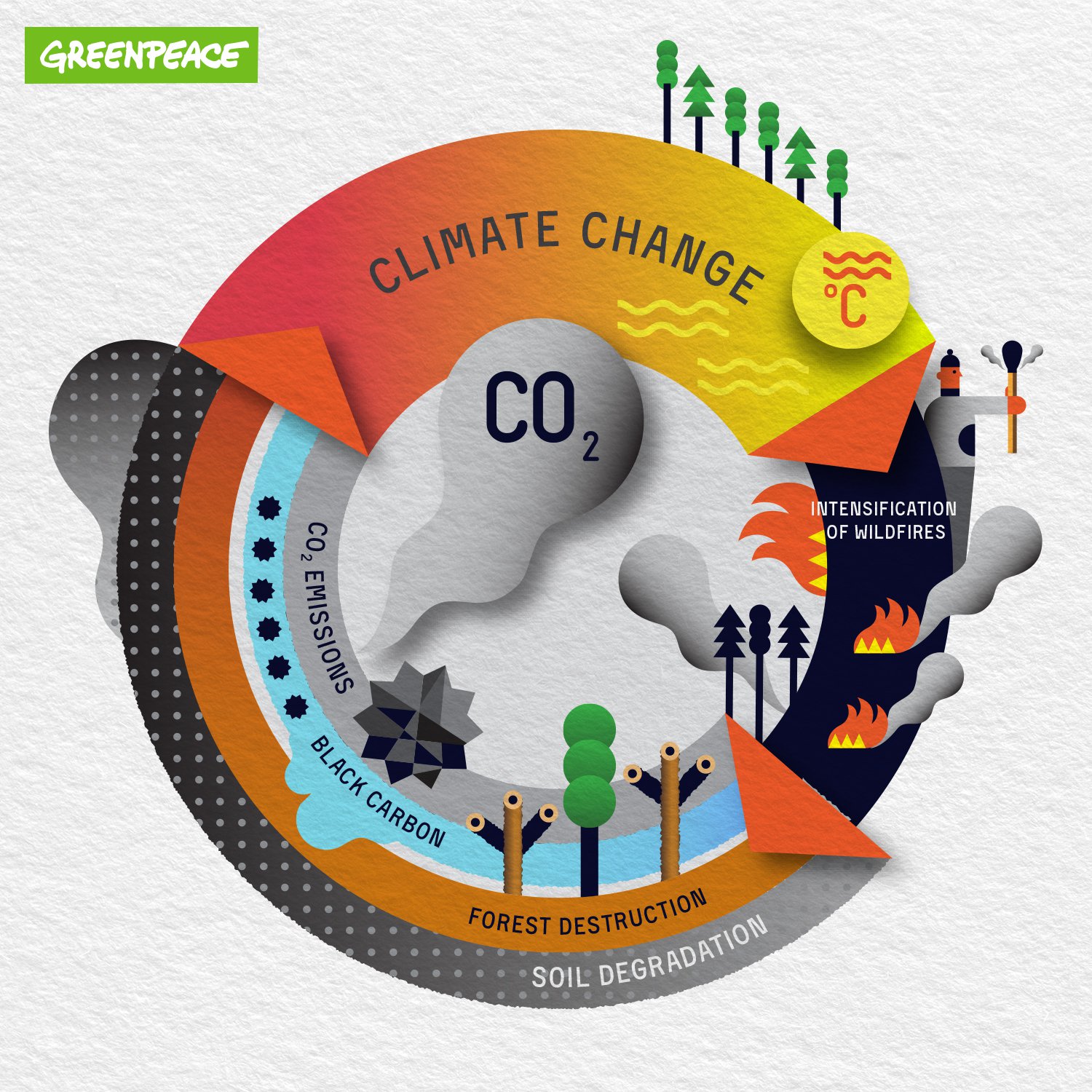Sea Turtles and Plastic
- ScienceNerd14

- Sep 3, 2019
- 1 min read
Since there are such large amounts of plastic and garbage in the oceans, turtles often mistake these things as their food. For instance, sea turtles often mistake plastic bags as jellyfish which are extremely dangerous for their digestive tracts. Plastic can cause blockages in their intestines and pierce their intestinal walls, causing internal bleeding. When plastic is in a turtle’s stomach, it imitates the sensation of being full so they neglect to find other food and can die from starvation. If they get entangled in plastic debris, they can choke to death, lose limbs, and injure themselves. Turtles can also become entangled in fishing gear and become unable to resurface and drown. Straws can get stuck in turtle’s noses or they can mistakenly see them as food. Clearly, something has to be done. What can you do? Investing in reusable containers can be extremely helpful, such as using metal straws and reusable coffee cups, water bottles, and food containers. Don’t use plastic cutlery and pick up any trash you see on the streets. Don’t litter! Start now. Visit the WWF website and Donate to help as well!
Source: https://www.wwf.org.au/news/blogs/plastic-pollution-is-killing-sea-turtles-heres-how#gs.0ogn63
🐢🌊🐢🌊🐢🌊🐢🌊🐢🌊🐢🌊🐢🌊🐢🌊




Comments